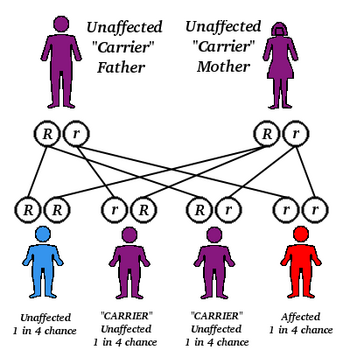BOYNTON BEACH, Fla. -- Nutra Pharma Corp. (OTCBB:NPHC), a biotechnology holding company that owns rights to intellectual property related to the development of drugs for HIV and Multiple Sclerosis, has announced that its minority holding, ReceptoPharm, Inc. has reported the successful completion of studies in an animal model of Multiple Sclerosis (MS).
EAE (experimental allergic encephalomyelitis) is the standard benchmark animal methodology for the study of MS. ReceptoPharm's drug, RPI-78M, proved to be very effective in preventing the onset of disability in acute and chronic models of the disease. The drug was also very effective in preventing the infiltration of immune cells into the central nervous system. This research was conducted to confirm the reported benefits of similar products in immune mediated diseases such as Multiple Sclerosis and Rheumatoid Arthritis.
"The EAE study yielded the results we expected though we were pleasantly surprised at the reduced CNS infiltration by lymphocytes," commented Paul Reid, PhD, CEO of ReceptoPharm. "The results of this study complete the rationale for entering into clinical trials for the MS indication. We are actively working on one IND for the Phase II/III AMN (Adrenomyeloneuropathy) indication and when that is completed we will be in a good position to enter into MS trials," he added.
"These remarkable results provide supporting rationale for our microarray work with RPI-78M," commented James Flowers, President and Chief Scientific Officer of Eno Research and Development, Inc. (ERDI). "After reviewing this study, we expanded our efforts to include analysis of the interactions between the different cell types of the MS lesion," he continued. "Understanding how this compound affects the MS lesion and which genes it modulates, may help us understand the mechanism of action for RPI-78M." Nutra Pharma has engaged ERDI to study RPI-78M and its effects on gene expression using cDNA microarray technology. Their research aims to identify any potentially unique changes in gene expression that may be caused by the therapy.
"RPI-78M reduced the clinical symptoms by more than 80 percent," remarked neurologist Mitchell S. Felder, M.D. "There was also more than an 87 percent reduction in the number of EAE histopathologic lesions. If these results are duplicated in the human trials it could possibly revolutionize the treatment of MS. The results from an EAE model indicate that this drug may also have therapeutic potential for a great number of other neurologic conditions such as Acute Disseminated Encephalomyelitis, Transverse Myelitis, Krabbe's Leukodystrophy, Alexander's Disease, Canavan's Disease and Adrenoleukodystrophy," he concluded.
"These results are very encouraging," commented Rik Deitsch, CEO of Nutra Pharma. "The positive results of the animal model support our move into Phase II human clinical trials," he added.
About Nutra Pharma Corp.
The Company's minority-owned subsidiary, ReceptoPharm, Inc, is developing technologies for the development of drugs for HIV and Multiple Sclerosis ("MS"). The Company's other holding, Infectech, Inc., is engaged in the research and development of diagnostic test kits designed to be used for the rapid identification of infectious diseases such as Tuberculosis (TB) and Mycobacterium avium-intracellulare (MAI). Nutra Pharma continues to identify and acquire intellectual property and companies in the biotechnology arena. http://www.nutrapharma.com
About ReceptoPharm, Inc.
ReceptoPharm is a bio-pharmaceutical company developing proprietary therapeutic proteins for the treatment of several chronic, life-threatening viral, auto-immune and neuro-degenerative disorders, specifically including Rabies, HIV, and Myasthenia gravis (MG).
About Eno Research and Development, Inc.
Eno Research and Development, Inc. (ERDI) is a full-service contract research organization located in Hillsborough, North Carolina, near Research Triangle Park. ERDI offers a wide range of pre-clinical development services to pharmaceutical, biotechnology, medical device, animal health and nutraceutical companies. The scientific staff of ERDI possess expertise in biotechnology, pharmacology, tumor biology, synthetic and analytical chemistry, in silico modeling of drug interaction/binding and rational drug design, as well as microarray technology and bioinformatics. With this expertise, ERDI can offer services ranging from lead discovery through New Drug Applications.
Safe Harbor under the Private Securities Litigation Reform Act of 1995: The statements which are not historical facts contained in this press release are forward-looking statements that involve certain risks and uncertainties including but not limited to risks associated with the uncertainty of future financial results, regulatory approval processes, the impact of competitive products or pricing, technological changes, the effect of economic conditions and other uncertainties as may be detailed in the Company's filings with the Securities and Exchange Commission. Nothing in this press release shall be construed as an offer to buy or sell any securities herein.
COPYRIGHT 2004 Business Wire
COPYRIGHT 2004 Gale Group



